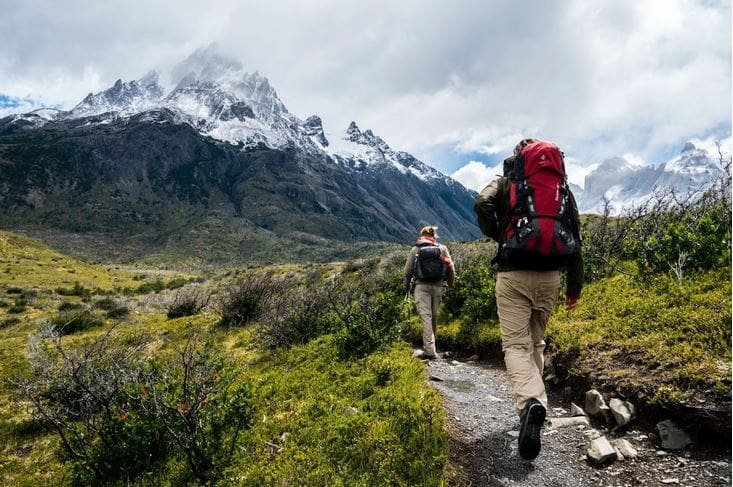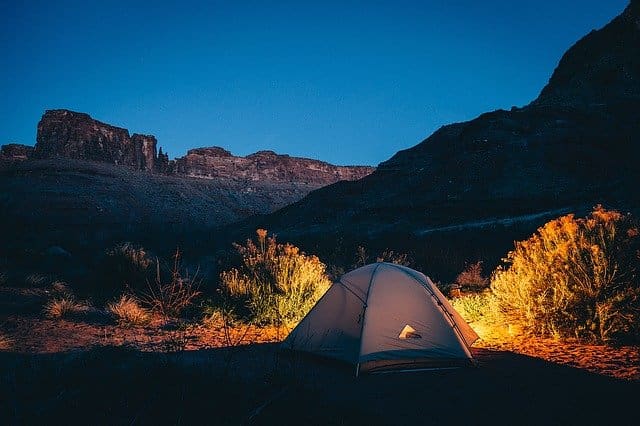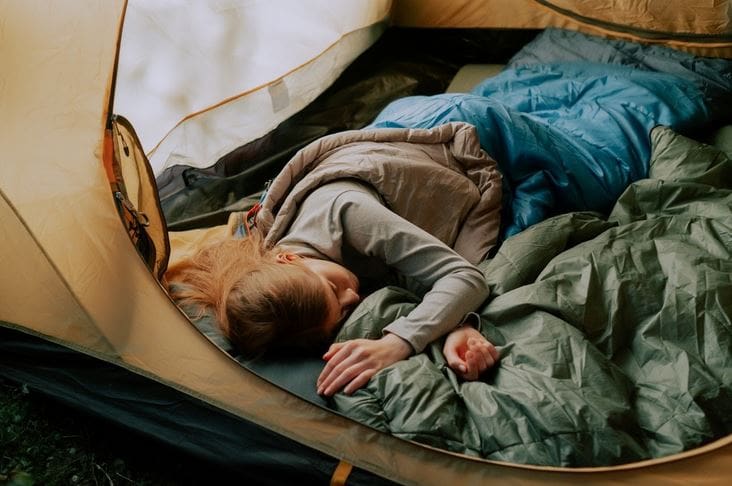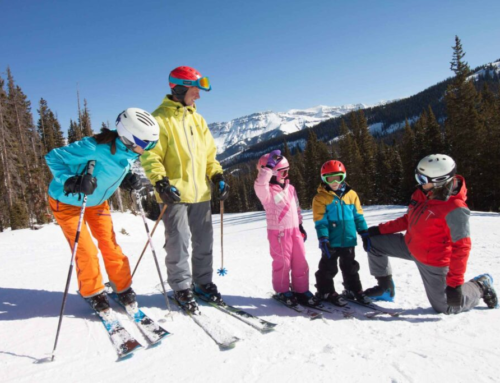Quick Backcountry Camping Guide

Going Backcountry Camping? – Here is a Short Guide to Help You Prepare

Pixabay.com
When it comes to spending time outdoors, not everyone is keen on sharing a campsite with others, and many would instead try their hand at backcountry camping. It allows you to grab some fresh air, relax a bit, and enjoy life away from the distractions of bustling city life. That being said, if it’s your first time, you’ll probably find yourself confused in terms of what you should and shouldn’t take with you, whether or not you should prepare in any other way, etc., so to take that load off your shoulders, here a quick guide to backcountry camping to help you prepare.
Overnight Gear
The absolute first thing you should be doing is taking the right gear – that can make or break the entire trip. The most important part is, of course, a sleeping bag. For most situations, light synthetic sleeping bags are a great choice due to a combination of great performance at various temperatures and reasonable pricing. When you’re picking the temperature rating, make sure it’s a few degrees lower than the lowest temperature on the trip. You can always unzip a bag and cool it down, but warming it up is a lot more difficult.

Copyright: Pexels | CC0 Public Domain
Then, you should consider the tent. One that’s windproof and waterproof, and gets you a warm place to spend the night is ideal. When you’re backcountry camping, the closest campsite is going to be potentially miles away, so you should grab a high quality tent that won’t have you freezing cold during the night.
You also need to consider your backpack. A good rule of thumb is to grab a backpack that has solid weight distribution. You’ll be spending quite some time with the backpack on your back, so you should have everything be as comfortable as possible when the backpack is full.
Last but not least, a lamp is absolutely crucial. And while some might suggest a flashlight, a handheld one, our suggestion is to instead go for a headlamp. Choosing one is pretty simple, and it’s going to keep both of your hands free so you can focus on setting up your tent and sleeping bag.
Planning Ahead
One of the big mistakes that people make with backcountry camping is insufficient camping. When you’re so far away from campsites and civilization in general, you want to have everything planned well in advance. And contrary to most people who say pick the location first, we would suggest that you pick the dates first instead.
When you pick dates, that will actually limit the locations that are available to you – you just won’t be able to visit some of the places you’d like to because they may not be available when you’re free to go. A bit of flexibility in regards to the dates won’t hurt either, because you’re able to readjust if something happens.
Also, by all means consider the start and end of your entire trip. If the trails you’re hiking aren’t a round trip, you’ll need someone to drop you off at the trailhead and pick you up from your final destination, so make sure you have someone to do that.

Copyright: Unsplash | CC0 Public Domain
Once you’ve got that sorted out, you can start looking at locations. If it’s your first time, aim for an easier trail that you will definitely be able to cover. Underestimating yourself is always better than overestimating yourself when it comes to the backcountry. When looking at the locations, make sure they’re available during the dates you’ve picked, and you should be good to go.
A Couple of Safety Tips
Even though backcountry camping is usually done in the wild, chances are you’ll be on the territory of a national park. To make sure everything goes smoothly during your trip, here are a few tips.
- Pay your fees on check-in. Most parks will require you to pay an entrance fee, and you’ll also need to grab a map of the trails and check out the trail conditions with the ranger on duty. And while you will also need a permit, it is usually free for most national parks.
- Give the ranger a trip plan. You want someone who knows the area well to know what your plan is, where you’re going, how long you’re staying, etc. In the event that something happens, they’ll know where to look for you if you’re injured or late.
- Check fire danger warnings. They’re a great way of knowing whether or not you can have a fire at your chosen destination or not.
- Grab an essential kit. Have a smaller backpack that has a basic first aid kit and a spare communication device. A phone (not a smartphone) that has a long battery is a good idea, and you could also grab a GPS device, too.
- Have plenty of water. No, for real, take as much water as you can carry – you can never have enough of it, and a backpack with a hydration pack is a good idea, too.




